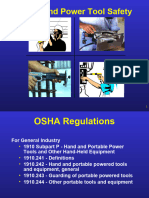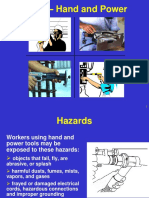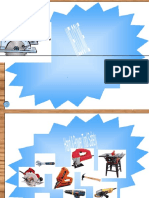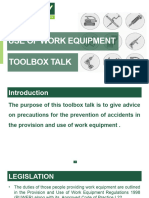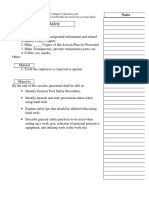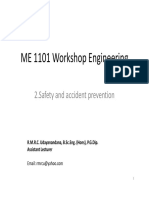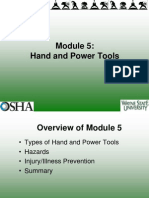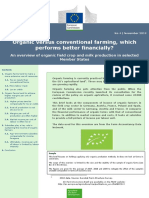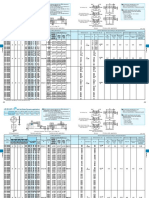0% found this document useful (0 votes)
27 views34 pagesUsing Tools and Static Machines
Module 12 focuses on the safe use of tools and static machines, highlighting hazards such as cuts and pollution, and emphasizing the importance of using the right tools, checking equipment before use, and wearing appropriate personal protective equipment. It also covers safety controls, emergency procedures, and the necessity of proper training for users. Key takeaways include the importance of safety checks, appropriate tool usage, and environmental considerations.
Uploaded by
Wong AlphonsiusCopyright
© © All Rights Reserved
We take content rights seriously. If you suspect this is your content, claim it here.
Available Formats
Download as PPTX, PDF, TXT or read online on Scribd
0% found this document useful (0 votes)
27 views34 pagesUsing Tools and Static Machines
Module 12 focuses on the safe use of tools and static machines, highlighting hazards such as cuts and pollution, and emphasizing the importance of using the right tools, checking equipment before use, and wearing appropriate personal protective equipment. It also covers safety controls, emergency procedures, and the necessity of proper training for users. Key takeaways include the importance of safety checks, appropriate tool usage, and environmental considerations.
Uploaded by
Wong AlphonsiusCopyright
© © All Rights Reserved
We take content rights seriously. If you suspect this is your content, claim it here.
Available Formats
Download as PPTX, PDF, TXT or read online on Scribd
/ 34



